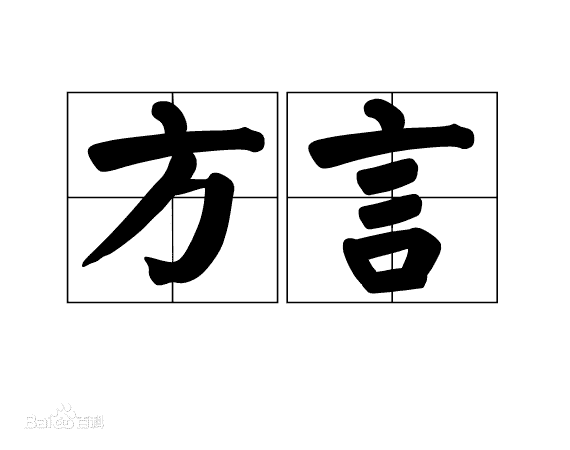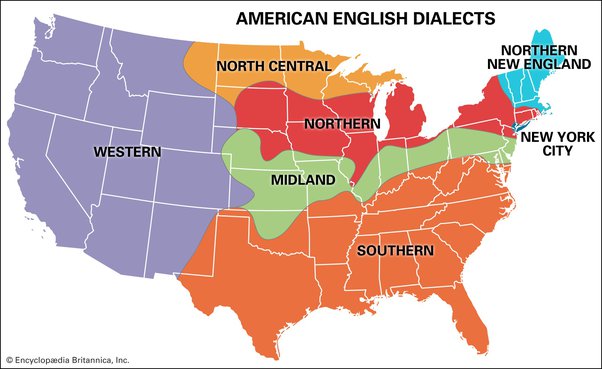Recently updated on February 21st, 2024 at 08:20 pm
Translation in general is no easy feat.
The difficulty is even taken to the next level when it comes to Chinese to English translation as the Chinese language is considered the toughest language in the world. Conveying the meaning from Chinese to English and vice-versa isn’t done without any trouble along the way. Thus, Chinglish is the phenomenon that occurs when the Chinese way of thinking interferes with a proper translation into English.
In this article, we list the top 2 challenges that will give you a clearer insight into what makes the Chinese to English translation difficult.
Dialect – 方言 – fāng yán
方言 (Fāngyán) literally means “language spoken in a certain locality” in Chinese. In English, it means “dialect”.
For example, Cantonese is considered a 方言, Hakka is another.

方言 vs Dialect
“方言” and “dialect” don’t exactly share the same meaning.
Speaking of “dialect,” most English speakers think of a version of one language, or a particular way that certain speakers of a language speak that language; usually, it involves a difference in accent. For example, British English (“British accent”), American English (“American accent”), and Australian English (“Australian accent”) would be considered “dialects” of English. Within the American English subgroup, Southern American English, or the “southern accent,” would also be considered a “dialect” of English.

Accent vs Dialect
Accents and dialects are very different things.
An accent is simply how one pronounces words – a style of pronunciation. However, a dialect includes not just pronunciations, but also one’s general vocabulary and grammar. Where the line is between being different dialects of the same language and being different languages is frequently controversial and usually has more to do with politics and linguistics.
As a matter of fact, the 方言 in China are barely mutually intelligible but one can tell it’s from the same language family if you are native to one of these languages.
💡Cantonese speakers would not understand Hakka speakers and vice versa. The same with Mandarin speakers. They would not understand the 方言 in different regions of China as each has its own vocabulary, grammar, tones, etc.
Dialects in China
The map of “dialects” you see below is not actually showing “dialects of Chinese,” but groups of different languages with a few underlying similarities that allow them to be categorized as Sinitic (Chinese) languages. It just so happens that one of these Sinitic languages — the language native to Beijing — was made the official language, while the other languages, the 方言, were known as “dialects” in English, so people think they are actually “dialects,” or different versions of the same language. In general, most foreigners would simply assume that those are some “sub-Chinese branches”.

💡It’s not that there aren’t real dialects among the Chinese languages; among Mandarin Chinese, you could consider the Mandarin spoken in Northeast China and the mandarin spoken in Henan to be “dialects” of Mandarin Chinese.
The huge varieties of 方言 in China with distinctive grammar and vocabulary systems have contributed to the difficulty of Chinese to English translation.
Classical Chinese Poetry
When you translate classical Chinese poetry, a huge amount is lost because a lot of the subtlety of the language is in the multiple meanings of a single word and the intangible connotation of combined words. When used in different contexts a Chinese character will change its meaning entirely. The links and subtle connotations of what a word may suggest will be lost when this is translated. When translating classical Chinese poetry into English, the translator must deal not only with all the subtleties of historical and cultural context and literary allusion also the challenge of the rendering of the strictly regulated form of the poetry into another language.
Examples:
诗经《桃夭》(shījīng “táo yāo”) — Book of Songs’ “The Peach Tree Tender”
In Chinese culture, peach trees as a whole (and the fruits themselves) are symbolic of health, longevity, vitality, and in some cases, immortality.
Here’s a poem from the Book of Songs featuring peach tree symbolism.
| 桃之夭夭, (táo zhī yāo yāo,) The peach tree budding and tender, 灼灼其华。 (zhuó zhuó qí huá) Vivid and bright its flowers. 之子于归, (zhī zǐ yú guī) The maiden to be wed 宜其室家。 (yí qí shì jiā) Is fitting for the house. 桃之夭夭, (táo zhī yāo yāo,) The peach tree budding and tender, 有蕡其实。 (yǒu fén qí shí) Its seedlings abundant indeed 之子于归, (zhī zǐ yú guī) The maiden to be wed 宜其家室。 (yí qí jiā shì) Is fitting for the home. 桃之夭夭, (táo zhī yāo yāo,) The peach tree budding and tender, 其叶蓁蓁。 (qí yè zhēnzhēn) Its leaves luxuriant and lush. 之子于归, (zhī zǐ yú guī) The maiden to be wed 宜其家人。 (yí qí jiā rén) Is fitting for the family. |
Idioms
This is not as easy as it sounds, especially when it comes to idioms, which are language-specific.
For example, the Chinese idiom 四面楚歌. Translated literally, it would look something like “songs of Chu playing in all four directions”, which would not make much sense in English. However, an educated Chinese speaker would immediately recognize its historical reference and would understand it as being “embattled from all sides”, just like Xiang Yu during the Battle of Gaixia when he heard the songs of his homeland from all directions and thought that it had already fallen to his enemy and that all hope was lost.
Frequently Asked Questions
Is Mandarin a Dialect?
Yes, Mandarin is a dialect of the Chinese language.
How Many Dialects Are There in China?
There are hundreds of mutually unintelligible dialects in China.
Here’re some notable dialect groups.
1. Mandarin
2. Wu
3. Gan
4. Xiang
5. Min
6. Hakka
7. Yue
8. Jin
9. Huizhou
10. Pinghua
What is the Translation of “Dialect” in Chinese?
The Chinese translation of “dialect” is 方言.
What Are the Top 3 Most Widely Spoken Dialects in China?
1. Mandarin
2. Wu (Shanghainese is the standard dialect)
3. Yue (Cantonese is the standard dialect)
What Are the Top 3 Most Widely Spoken Chinese Dialects in the World?
1. Mandarin
2. Yue (Cantonese is the standard dialect)
3. Minnan (Spoken in South-eastern China, Taiwan, and Southeast Asia)

Chinese Copywriter Team consists of talented linguists, project managers, localization engineers, and SEO experts. Since 2012, we have been providing translation, localization, and marketing services for various international businesses targeting the Chinese markets as well as Chinese businesses expanding their global reach.



